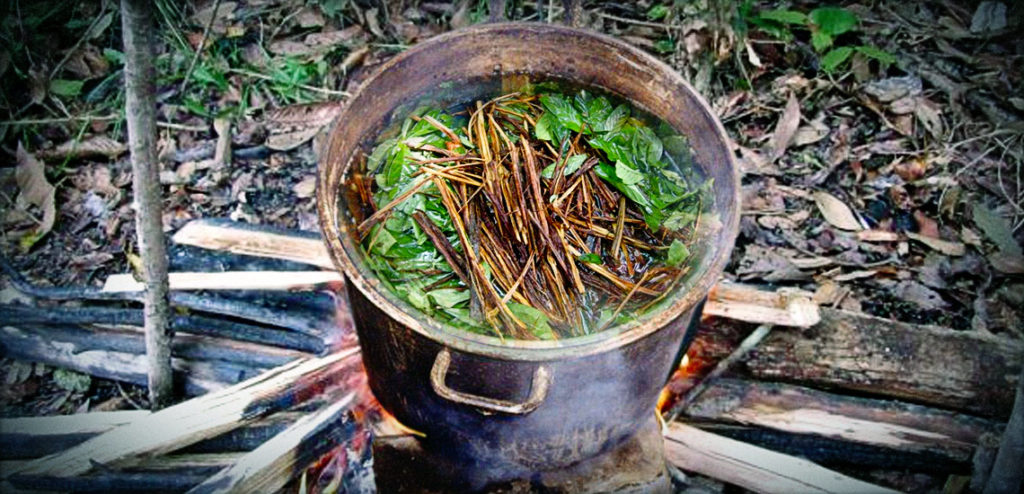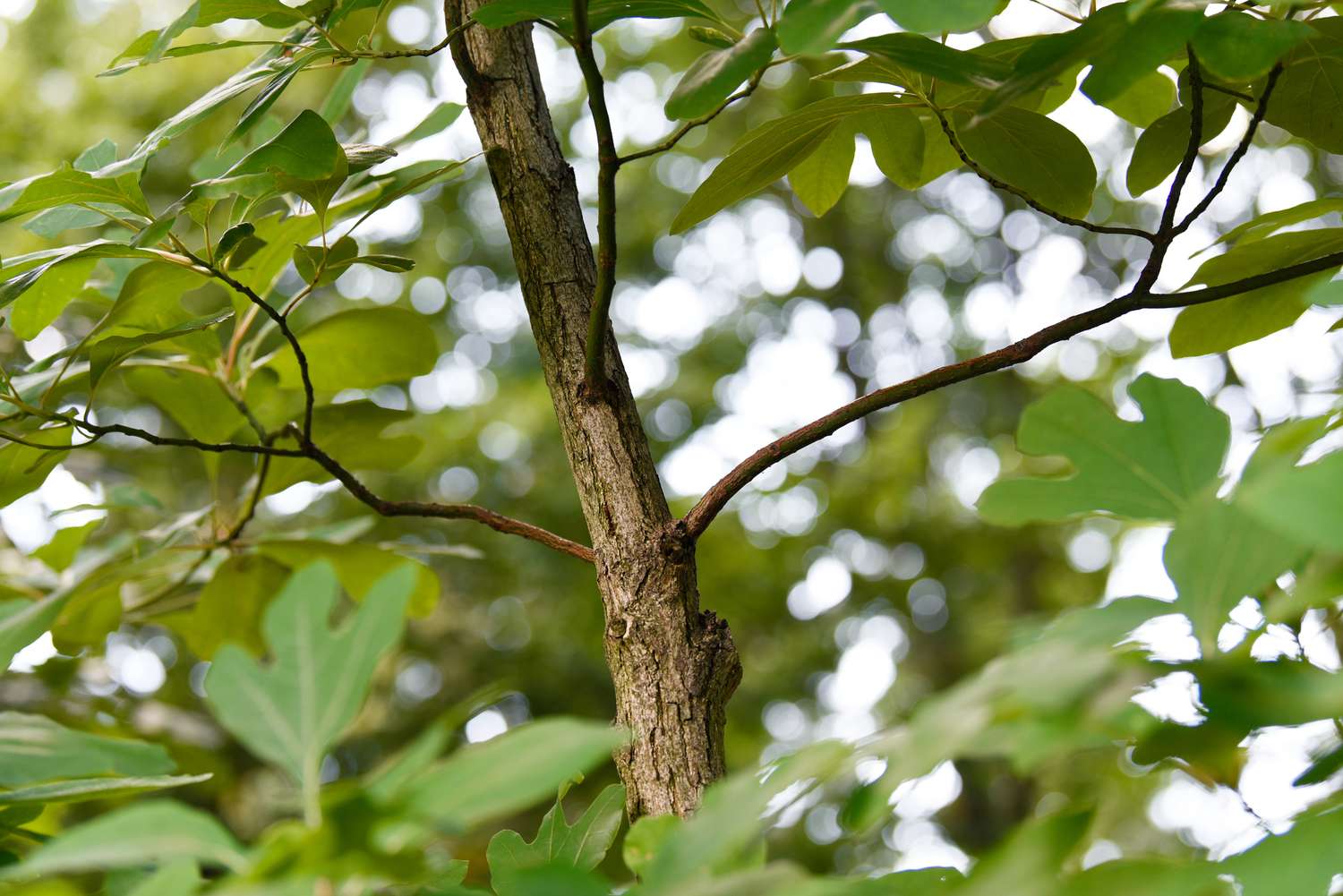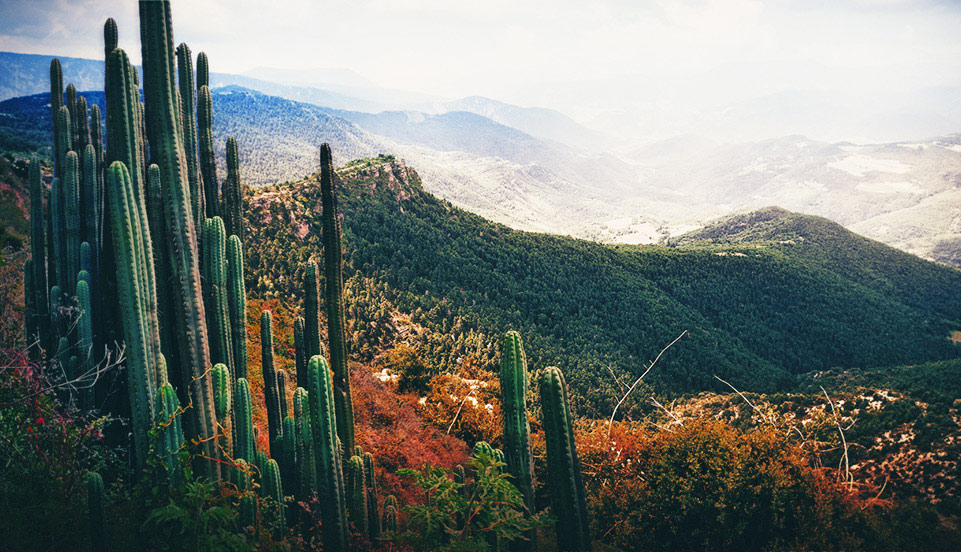Traditional Ayahuasca Ceremony
In case you don’t know what Ayahuasca is, don’t feel bad. You aren’t alone. Many people are unfamiliar with this particular drink and its mysterious hallucinatory effects. Ayahuasca goes by many names, over 40 to be exact. It’s called the tea, la purga, and the vine to name a few. It is composed of the leaves of the Psychotria Viridis shrub combined with the stalks of the Banisteriopsis caapi vine, although various other plants and ingredients may be mixed in too. The end result is a thick brown tea with hallucinogenic properties that come from the Psychotria Viridis plant.
This plant is known to have N, N-dimethyltryptamine (DMT), a psychedelic drug that is created naturally within the plant. While DMT is an extremely strong hallucinogenic chemical, it quickly breaks down due to enzymes located within the liver and gastrointestinal tract.
Originally Ayahuasca was consumed for religious and spiritual uses by ancient Amazonian tribes. It is considered a sacred plant medicine that has been used for centuries by indigenous and Mestizo Ayahuasca shaman extending through the upper Amazon and into Colombia, Peru, Brazil, and Ecuador. These people have taken part in what is called Ayahuasca ceremonies, a term which most people from other areas don’t know or understand.
It seems that nowadays the number of people participating in Ayahuasca ceremonies has increased. So what exactly is a traditional Ayahuasca Ceremony?
The Ceremony
An Ayahuasca ceremony is usually conducted under the leadership of a highly regarded Shaman. This is because those who undergo this ritual require careful monitoring. Normally the experience will take an entire night as this is no short trip but a journey that can go on for as long as five hours.
Traditionally, patients did not just arrive at a ceremony for the purpose of receiving the treatment alone. Other steps were involved as well. The cause of the problem had to be identified first before the energetic damage the negative influence caused could be dealt with.

Traditional Ayahuasca Ceremony
In certain indigenous communities, Ayahuasca was used by the shaman alone. Consuming it was done to enable magic, talking with the spirits and divination, as well as diagnosis, and healing. This action would take place in communal huts with members of the community in attendance. The shaman would commence the ceremony with singing, and then drink the tea and call upon the spirits.
The shaman would be acutely affected by the Ayahuasca and would fall into a catatonic trance. Once this occurred, it was thought that his soul would depart from his body and the spirit he had called upon would speak through him and put forth a message. When the ceremony was over, the shaman would reveal to the people present what he had discovered in his trip to the spirit world.
Divination
Another reason a shaman would drink Ayahuasca was to enable him to cross over into the world of spirits and gain the power of divination. Through talking with the spirits he would become aware of a great deal of information which he could not know through ordinary means. This included things like what would be the ideal time for the tribe to go hunting, plant, or harvest. Ways to better their community, finding a missing person or item, or diagnosing an illness one of their patients has.
When the shaman emerged from his trance he would repeat this information to the members of the tribe and this would be most helpful to them. Along with being expert healers, divination is why shamans were and remain, so esteemed in indigenous culture.
The Medicine Then and Now
Often in indigenous tribes, ordinary members would seldom take part in Ayahuasca. They would normally consume it only if a shaman was adamant about it because they were experiencing a serious illness. During these healing ceremonies, the clairvoyance which Ayahuasca caused was essential in order for the shaman to be capable of diagnosing the malady and to come up with a cure. The purging effect would benefit the patient who must expel toxins from their body including spiritual as well as physical ones.
Today it is believed that Ayahuasca may boost brain health. DMT and B-carbolines have displayed neuroprotective and neurorestorative capacities in certain studies.
It seems that DMT switches on the sigma-1 receptor (Sig-1R), which is a protein that prevents neurodegeneration and adjusts the creation of antioxidant compounds that assist in protecting brain cells.
One test-tube study suggested that DMT protected human brain cells from incurring damage due to lack of oxygen and also increased the number of cells that survived the ordeal.
Furthermore, it has been determined in studies that Ayahuasca, has anti-inflammatory, memory-increasing, and neuroprotective effects.
Studies have also shown that Ayahuasca can help increase nerve cell growth and nerve cells.



